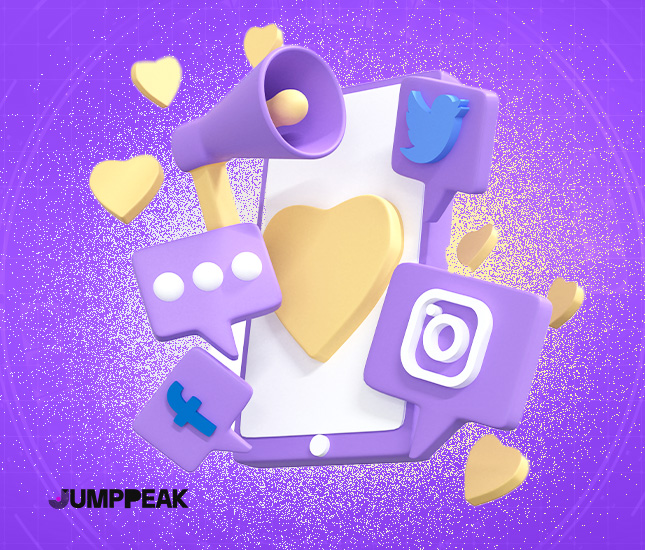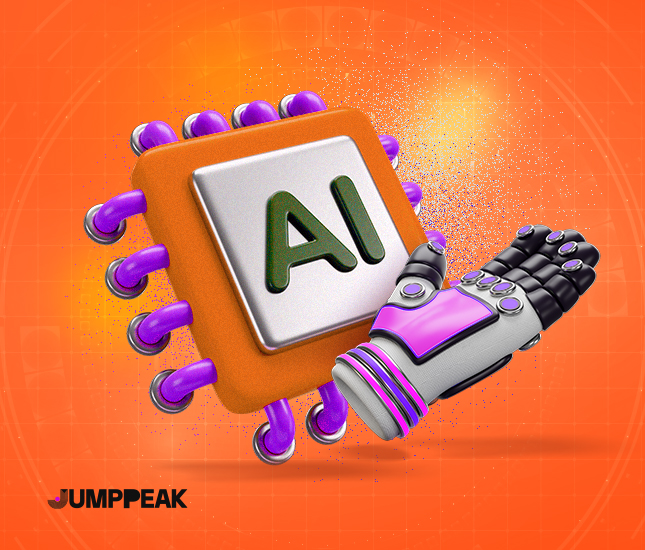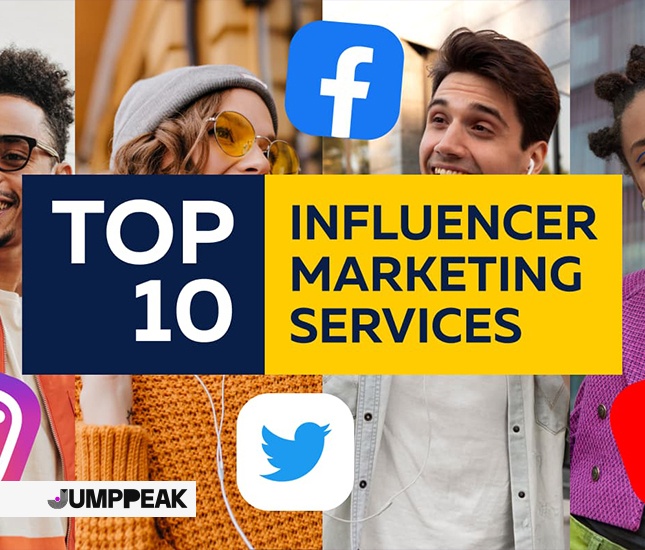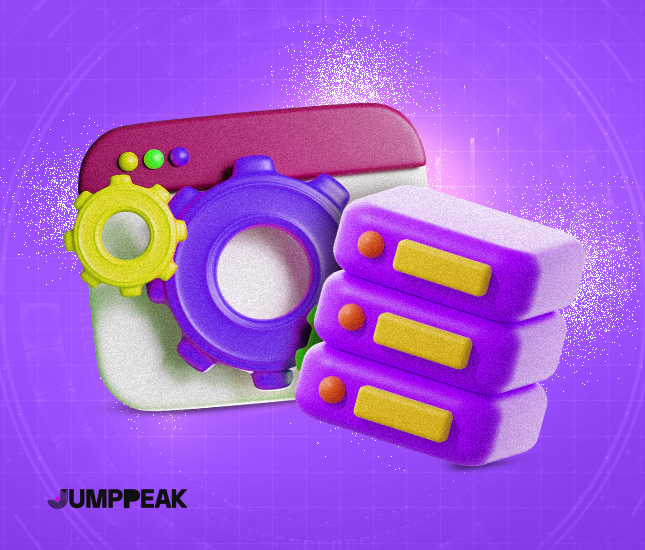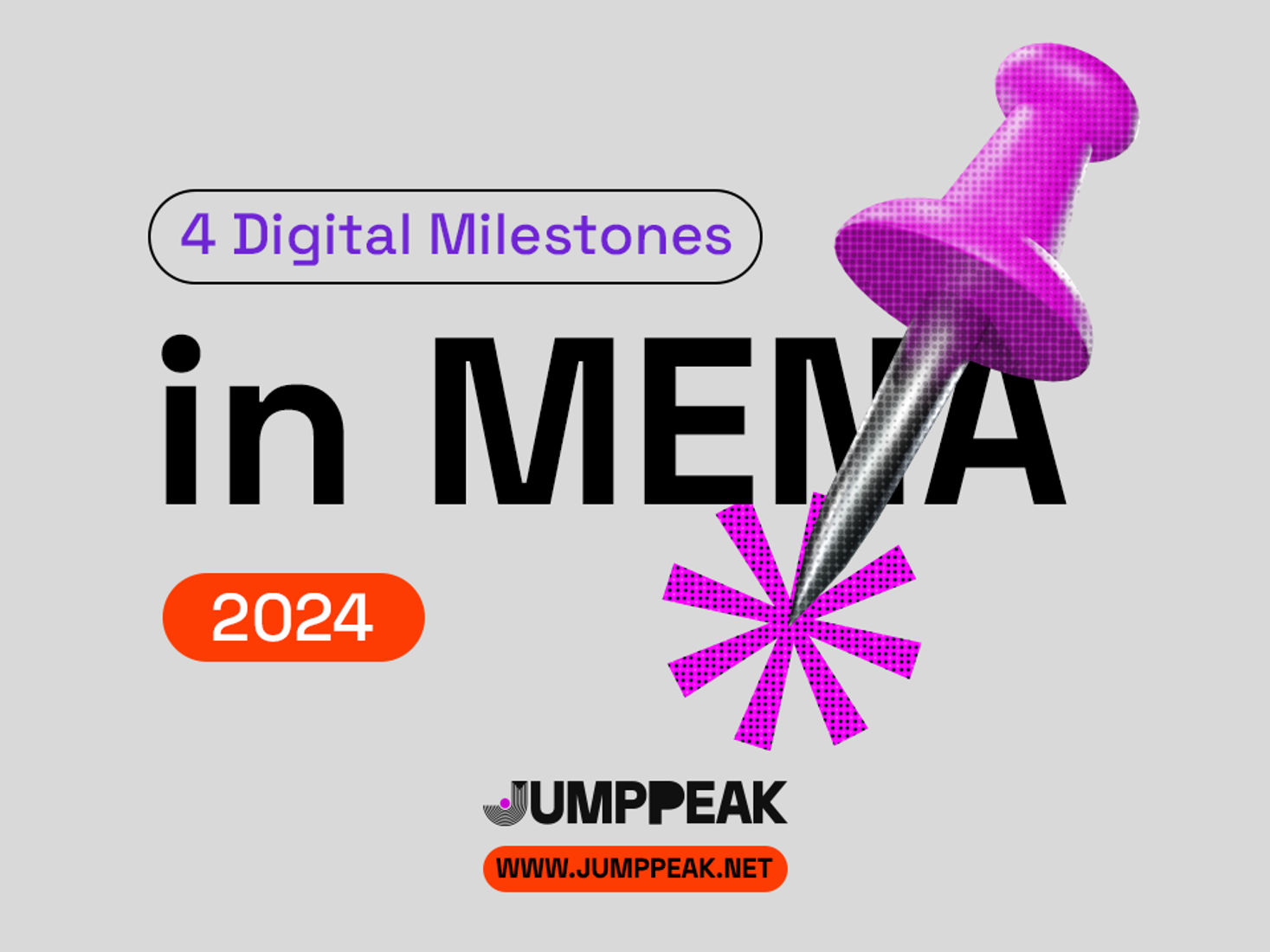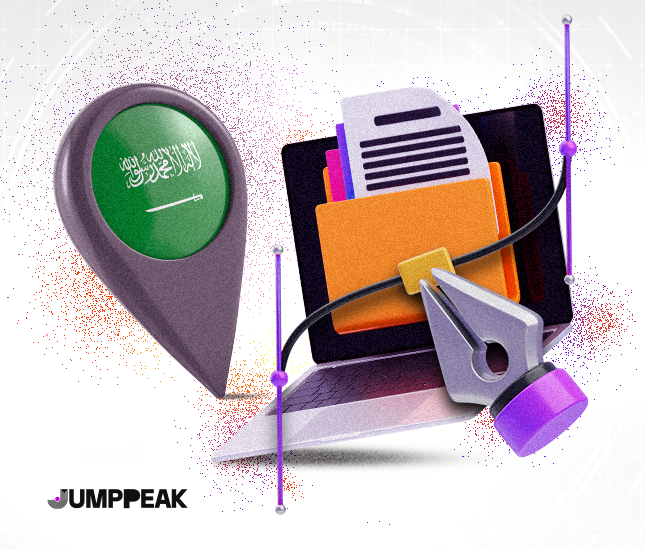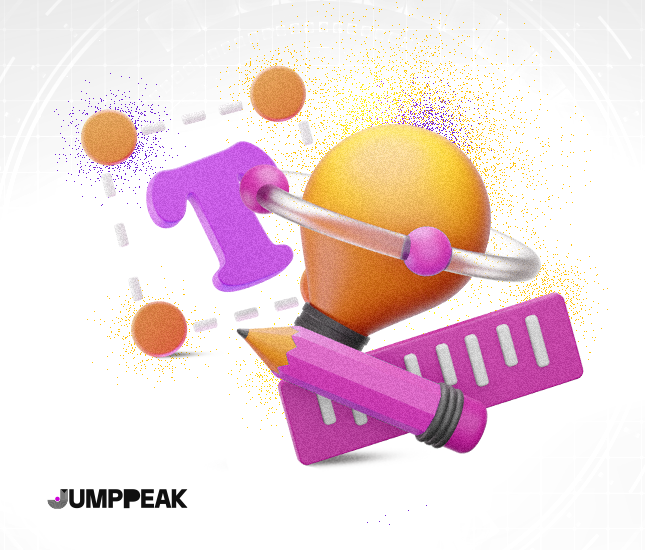A Comprehensive Guide To Understanding the SEO Funnel
In this article, we will explore What is SEO funnel? What is the top funnel in SEO? How can I know on which stage my SEO is and Where does SEO sit in the marketing funnel?, seo conversion funnel, Seo funnel examples…and more, so let's jump to the first: What is SEO Funnel?
What is SEO Funnel?
The Seo funnel is a strategic approach that guides potential customers through various stages of the buying process, from awareness to conversion, using targeted SEO tactics.
Think of it as a roadmap designed to attract, engage, and convert visitors by addressing their needs at each stage of their journey…so, just like a traditional sales funnel, the SEO funnel aims to move prospects through a series of steps. By optimizing content and keywords at each stage, businesses can effectively capture and nurture leads, ultimately converting them into loyal customers.
But What are the stages of the SEO funnel?..What is the top funnel in SEO?...Where does SEO sit in the marketing funnel? And What is the seo conversion funnel?
Let’s look at the answer to all that…
What are the Stages of the SEO Funnel?

1- Top of the Funnel (TOFU)
Objective: Awareness
Tactics: At this initial stage, the aim is to capture the attention of a broad audience and raise awareness about your brand or product. The content created should be informative, engaging, and easy to access.
Examples: Create Blog posts, social media content, infographics, and educational videos.
Keywords: Broad, high-volume keywords and long-tail keywords.
Example: JumpPeak Website
Content: JumpPeak Website’s blog offers a wide range of articles on marketing and sales, like the very exact same one here!
Keywords: "What is SEO Funnel?" "The Best Digital Marketing Bundles," " Google Algorithm Latest Updates and SEO Strategies"
2- Middle of the Funnel (MOFU)
Objective: Consideration
Tactics: This stage focuses on nurturing leads and building relationships. The content should address specific issues and offer solutions, encouraging prospects to see your offerings as viable options.
Examples: Case studies, how-to guides, whitepapers, and webinars.
Keywords: More specific, mid-range volume keywords that indicate intent.
Example: Neil Patel
Content: Neil Patel’s website features detailed guides and webinars on SEO tactics and digital marketing strategies.
Keywords: "How to improve website SEO," "SEO case study," "effective content marketing strategies."
3- Bottom of the Funnel (BOFU)
Objective: Conversion
Tactics: At this stage, the goal is to turn leads into customers. The content should be compelling, emphasizing the benefits and unique selling propositions (USPs) of your product or service.
Examples: Product pages, customer testimonials, free trials, and special offers.
Keywords: Highly specific, low-volume keywords with clear commercial intent.
Example: Shopify
Content: Shopify’s product pages and customer testimonials highlight the benefits of their e-commerce platform.
Keywords: "E-commerce platform for small businesses," "Shopify free trial," "best online store builder."
Keywords Used in Each Stage:
Top of the Funnel (TOFU)
"What is content marketing"
"Social media tips"
"Marketing strategies for beginners"
Middle of the Funnel (MOFU)
"How to improve website SEO"
"SEO case study"
"Effective content marketing strategies"
Bottom of the Funnel (BOFU)
"E-commerce platform for small businesses"
"Shopify free trial"
"Best online store builder"
After clarifying briefly What are the Stages of the SEO Funnel? , let’s navigate through each stage now starting with What is the Top Funnel in SEO?
What is the Top Funnel in SEO?
The top funnel in SEO, also known as the Top of the Funnel (TOFU), is crucial for building initial awareness and attracting a wide audience. At this stage, the focus is on creating content that addresses the broad interests and questions of potential customers. Effective TOFU strategies can significantly increase organic traffic and set the stage for deeper engagement in the later stages of the SEO funnel.
Examples of Top Funnel Content:
Blog Posts: Writing comprehensive and informative blog posts on relevant industry topics can attract readers who are searching for answers to general questions.
Social Media Posts: Sharing engaging content on social media platforms can increase brand visibility and drive traffic to your website.
Infographics: Visual content like infographics can make complex information easily digestible and shareable, attracting a wider audience.
As an example, Moz, a leader in SEO software, effectively uses blog posts to target TOFU keywords, providing valuable information on SEO best practices, trends, and tips…and this does not only drive traffic to their website, but also establishes their authority in the industry.
Wait…but how do I know on which stage my SEO plan is and where does seo sit in the marketing funnel?
Let’s talk now about Where Does SEO Sit in the Marketing Funnel?
Where Does SEO Sit in the Marketing Funnel?
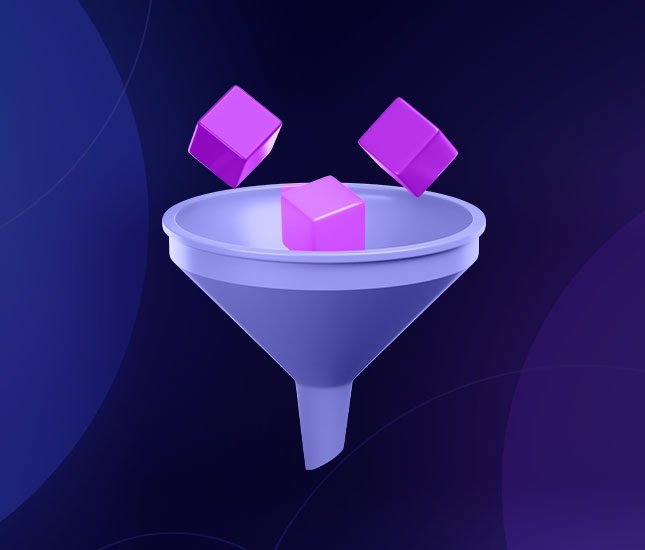
SEO plays a vital role throughout the entire marketing funnel, from attracting initial visitors to converting them into customers and even retaining them post-purchase….let’s breakdown the SEO’s role at each stage of the marketing funnel:
Awareness (TOFU): SEO helps attract a broad audience through optimized content that ranks well for high-volume keywords. This stage is all about making potential customers aware of your brand.
Interest (MOFU): At this stage, SEO helps to nurture leads by providing targeted content that addresses specific needs and interests. This involves optimizing for mid-range volume keywords that reflect a higher intent to purchase.
Desire (MOFU/BOFU): SEO tactics here include creating compelling content that highlights your product’s benefits, features, and USPs, aimed at converting leads into customers.
Action (BOFU): SEO strategies focus on optimizing conversion elements like landing pages and product pages, ensuring they rank well for high-intent keywords.
Retention (Post-Purchase): Even after the purchase, SEO remains important. Optimizing content for customer support, FAQs, and user guides helps in retaining customers and encouraging repeat business...What with the SEO Conversion Funnel?
The SEO Conversion Funnel
This involves a combination of keyword targeting, content optimization, and technical SEO to ensure that each stage of the funnel is optimized for maximum conversions.
Key Components of the SEO Conversion Funnel:
Keyword Research: Identifying and targeting keywords that align with each stage of the buyer’s journey.
Content Optimization: Creating and optimizing content to meet the needs and intents of users at each stage.
Technical SEO: Ensuring the website’s technical aspects (like site speed, mobile-friendliness, and structured data) support the user experience and search engine rankings.
Neil Patel, a renowned digital marketing expert, emphasizes the importance of a well-structured SEO conversion funnel…he suggests that businesses should focus on creating content that not only attracts visitors but also engages and converts them by addressing their specific needs at each stage of the funnel.
SEO Funnel Examples
To bring the concept of the SEO funnel to life, let’s explore some real-world SEO funnel examples:
HubSpot:
TOFU: HubSpot’s blog is a treasure trove of articles on a wide range of topics, from marketing and sales to customer service. These articles are optimized for broad, high-volume keywords, attracting a large audience.
MOFU: HubSpot offers in-depth guides, case studies, and webinars that provide valuable insights and solutions, helping to nurture leads who are considering their software solutions.
BOFU: HubSpot’s product pages, free trials, and customer testimonials are designed to convert visitors into customers, targeting highly specific, conversion-focused keywords.
Backlinko:
TOFU: Backlinko’s blog posts cover comprehensive SEO strategies and tips, attracting a broad audience of marketers and SEO professionals.
MOFU: Detailed case studies and how-to guides help to engage and educate readers who are looking for actionable SEO tactics.
BOFU: Conversion is driven through optimized landing pages, offering SEO training courses and consulting services with compelling calls to action.
Neil Patel:
TOFU: Neil Patel’s blog features a wide array of content on digital marketing, SEO, and growth hacking, optimized for high-volume keywords.
MOFU: In-depth articles, webinars, and free tools (like the SEO Analyzer) help to nurture leads by providing valuable insights and practical solutions.
BOFU: Neil Patel’s services pages and case studies are optimized to convert visitors into clients, focusing on high-intent keywords and persuasive content.
Conclusion
The SEO funnel is a powerful framework for guiding potential customers through their buying journey, from initial awareness to final conversion. By understanding exactly What is SEO funnel?...What are the Stages of the SEO Funnel? And observing closely the Seo funnel examples… implementing targeted SEO strategies at each stage, businesses can effectively attract, engage, and convert leads.
From creating informative top-of-the-funnel content to optimizing conversion-focused bottom-of-the-funnel pages, a well-structured SEO funnel ensures that your marketing efforts are aligned with the needs and intents of your audience. By doing so, you not only increase your chances of converting visitors into customers but also build lasting relationships that drive repeat business.
For those looking to deepen their understanding of SEO and how it fits into the broader marketing funnel, resources like Moz’s blog, HubSpot’s marketing guides, and Neil Patel’s in-depth articles are invaluable. They provide practical insights and strategies that can help you master the art of the SEO funnel and achieve your marketing goals.
Remember, the ultimate goal of the SEO funnel is not just to drive traffic, but to guide that traffic through a seamless journey that results in conversions and customer loyalty. By focusing on the needs of your audience at each stage of the funnel, you can create a compelling and effective SEO strategy that delivers real results.




